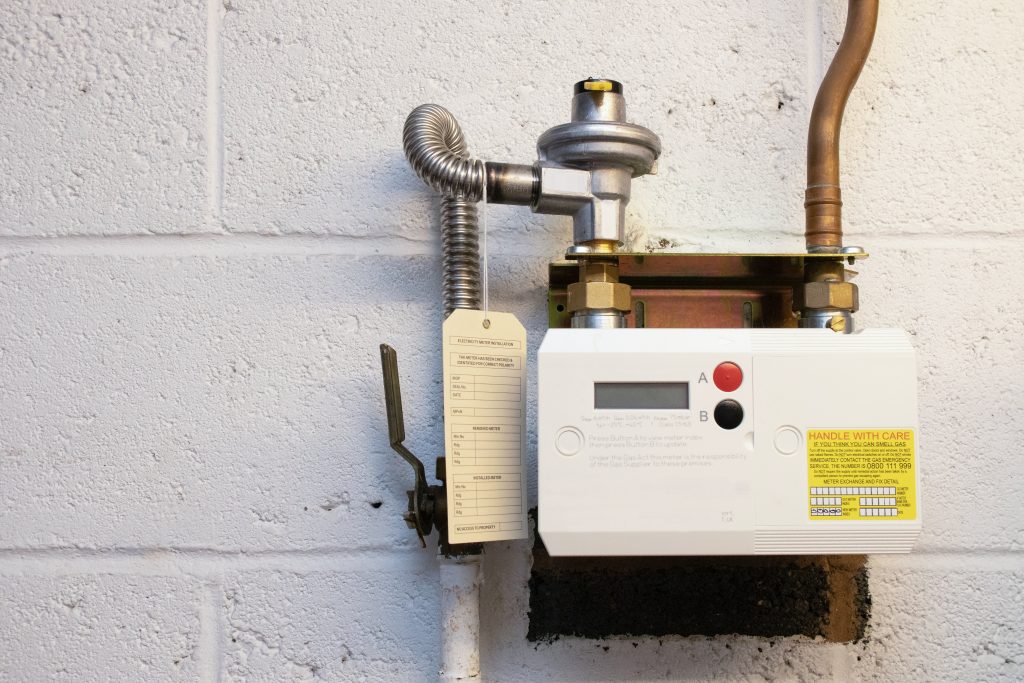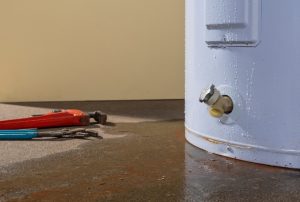If you’ve ever asked yourself, “how does a furnace work,” you’re not alone.
Furnaces are large heating devices that heat your home during cold weather. Furnaces, unlike other types of heating devices, produce their own heat by burning fuel. They then distribute the warm air throughout your home.
Different types of furnaces function by burning different types of fuel. Some run on wood, coal, or oil, while others run on natural gas or liquid propane gas (LPG)— these are called gas-burning furnaces or simply gas furnaces. In this article, we will explain in detail how gas furnaces work.
How does a furnace work?: Anatomy of a gas furnace
Before you can understand the heating process of a gas furnace, you need to understand a few key terms. The anatomy of a gas furnace helps you understand how a gas furnace works.
Control Board: The control board is a circuit board that interprets electrical signals coming from both inside and outside of your gas furnace. The signals it receives help it decide what signals it will send out in response. These outgoing signals cause a variety of functions to occur, such as opening the gas valve, igniting the burners, and starting the blower fan.
Thermostat: The thermostat measures your home’s indoor temperature and controls the furnace’s heating cycle according to the temperature readings and the settings you program into it. If it finds that the temperature is below your programmed temperature, it will begin the heating cycle in the furnace. Once the temperature reaches the desired reading, it shuts off the heating cycle.
Burners: The burners release controlled amounts of gas that get ignited into small, controlled flames to begin the heating cycle.
Blower Fan: The blower fan is a small electric fan powered by a motor. This fan directs the heated air from the burning fuel throughout your home, warming it.
Igniter: This lights the gas that is released by the burners. They cause ignition by either creating a small spark or creating a super hot surface that ignites the gas that passes over it.
Flame Detector: The flame detector is a device that was designed to stop gas from building up to a dangerous level. This is unlikely to happen, but it could happen if the igniter malfunctions and doesn’t light the incoming gas. If the flame detector senses that there is a build-up of gas, it will shut off the flow of the gas. These devices work by sensing heat. If they sense heat, they assume that all is functioning as it should be. If they don’t sense heat, this means that the igniters failed, and the gas flow should be cut off.
Plenums: There are two types of plenums in your furnace: supply-air plenums and return-air plenums. The supply-air plenums are responsible for sending the warmed air through the ducts and vents in your home to warm it. The return-air plenums do the opposite, bringing cold air from your house into the furnace to be heated.
Air Filter: The air filter is a membrane that filters dust and debris out of the incoming cold air being brought into the furnace. This keeps the air clean and prevents any debris from igniting in the furnace.
Gas Valve: The gas valve regulates how much gas enters the furnace and at what pressure. The incoming gas could come from an outdoor storage tank for LPG or an underground natural gas supply pipeline.
Transformer: The transformer provides electricity to your furnace to help it operate. It also regulates the correct voltage required by your furnace.
The heating cycle of a gas furnace
Now let’s answer the question: “How does a furnace work?” The heating cycle of a gas furnace starts with the fuel source. If your gas furnace burns LPG, then it likely requires an outdoor storage tank for the necessary propane. If your furnace burns natural gas, your furnace is likely connected to the natural gas pipe network underground on your property.
For the heating cycle to begin, the gas must be brought from the storage location into your home furnace. This occurs with the help of a pipe that runs from your furnace to the storage location of your fuel. The fuel is pumped from its location through the pipe and into the furnace.
Once inside the furnace, the gas is lit by the furnace’s burner. Flames require oxygen, and therefore the cold air from your home is brought into the furnace, where it’s then warmed by the burning fuel.
During the fuel-burning process, exhaust needs to be released from the furnace. If this exhaust were released into your home, it could cause dangerous medical issues, such as carbon monoxide poisoning. Therefore, the exhaust is piped out of the furnace through the exit vent and exhaust pipe.
Once the air has been warmed inside the furnace, it gets redirected through your home via the blower fan. This part of the process is controlled and determined by the temperature settings that your thermostat dictates for various rooms in the house.
As more and more cold air is warmed with the furnace, the overall temperature of your home rises gradually until it reaches the desired temperature. When the thermostat detects that the temperature in your home has reached the desired reading, it shuts off the gas valve to the furnace, halting the heating process until the temperature drops below the desired level.
Things to remember
Furnaces can be dangerous, as is true for anything involving gas and a flame. Be sure to follow all safety recommendations for your furnace, including keeping the surrounding radius clear of flammable or meltable objects or debris.
Make sure to clean your furnace regularly, including the air filter, which can accumulate grime and cause your furnace to malfunction if not cared for properly.
If you own a gas furnace, be sure that you install carbon monoxide detectors in your home. Perform the necessary maintenance on them as well. Carbon monoxide is a deadly byproduct of gas furnaces, and these detectors can keep your family safe if the furnace malfunctions. If you require professional assistance, contact us at AHWA.














